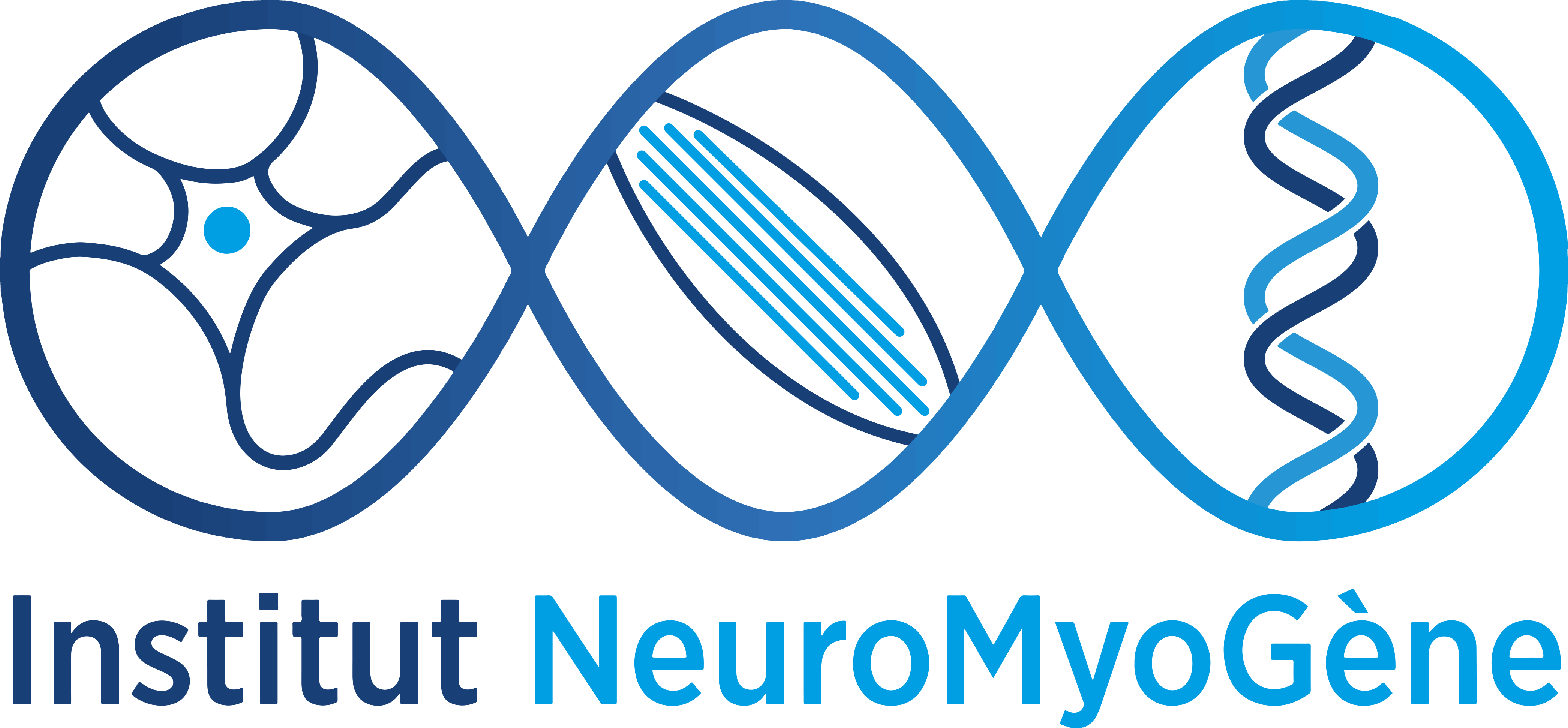We are pleased to welcome Leonardo NOGARA from the University of Padova in Italy, on June 5th.
He will give a seminar at 11:30 am entitled: “The Super Relaxed State of myosin as a regulator of basal metabolism in skeletal muscle”
📍The seminar will be in the Amphi 3, 3rd floor.
Abstract
Skeletal muscle constitutes about 40% of human body weight and plays a primary role in regulating basal metabolism. One of the most abundant proteins in muscle tissue is myosin, a molecular motor that converts energy into movement. During rest, myosin also consumes energy but at a much lower pace. It has been recently discovered that in relaxed muscles, myosin exists in two biochemical states: the Disordered Relaxed State (DRX) and the Super Relaxed State (SRX). Myosin SRX evolved as an energy-saving mechanism millions of years ago when resources were scarce, and it consumes ten times less energy than its counterpart, the Disordered Relaxed State (DRX). The substantial amount of skeletal muscle is rich in myosins, and the equilibrium between its SRX and DRX states offers significant potential for modulating basal metabolism. Recently, I developed a novel class of molecules capable of altering the equilibrium between SRX and DRX, thus influencing skeletal muscle energy expenditure. The effects of these molecules have been observed in rabbit, mouse, and human samples, demonstrating the conservation of SRX across different species. We recently demonstrated that a remarkable physiological adaptation such as bear hibernation also involves increased myosin Super Relaxed State stability to achieve a massive basal metabolism reduction.
Majors publications:
De Napoli C, Schmidt L, Montesel M, Cussonneau L, Sanniti S, Marcucci L, Germinario E, Kindberg J, Evans AL, Gauquelin-Koch G, Narici M, Bertile F, Lefai E, Krüger M*, Nogara L*, Blaauw B.* 2025. Reduced ATP turnover during hibernation in relaxed skeletal muscle. Nat Commun 16:80. doi:10.1038/s41467-024-55565-4
Giulio Masiero, Giulia Ferrarese, Eleonora Perazzolo, Martina Baraldo, Leonardo Nogara* and Caterina Tezze*. Custom-made 3D-printed boot as a model of disuse-induced atrophy in murine skeletal muscle. PLOS ONE (2024).
M. Murgia, L. Nogara (co-first author), M. Baraldo, C. Reggiani, M. Mann, S. Schiaffino, Protein profile of fiber types in human skeletal muscle: a single-fiber proteomics study. Skelet. Muscle. 11, 24 (2021).
F. Solagna, L. Nogara (co-first author), K. A. Dyar, F. Greulich, A. A. Mir, C. Türk, T. Bock, A. Geremia, M. Baraldo, R. Sartori, J. Farup, H. Uhlenhaut, K. Vissing, M. Kruger, B. Blaauw, Exercise-dependent increases in protein synthesis are accompanied by chromatin modifications and increased MRTF-SRF signaling. Acta Physiol. Oxf. Engl. (2020), doi:10.1111/apha.13496.
L. Nogara, N. Naber, E. Pate, M. Canton, C. Reggiani, R. Cooke, Piperine’s mitigation of obesity and diabetes can be explained by its up-regulation of the metabolic rate of resting muscle. Proc. Natl. Acad. Sci. 113, 13009–13014 (2016).
L. Nogara, N. Naber, E. Pate, M. Canton, C. Reggiani, R. Cooke, Spectroscopic Studies of the Super Relaxed State of Skeletal Muscle. PLOS ONE. 11, e0160100 (2016).

